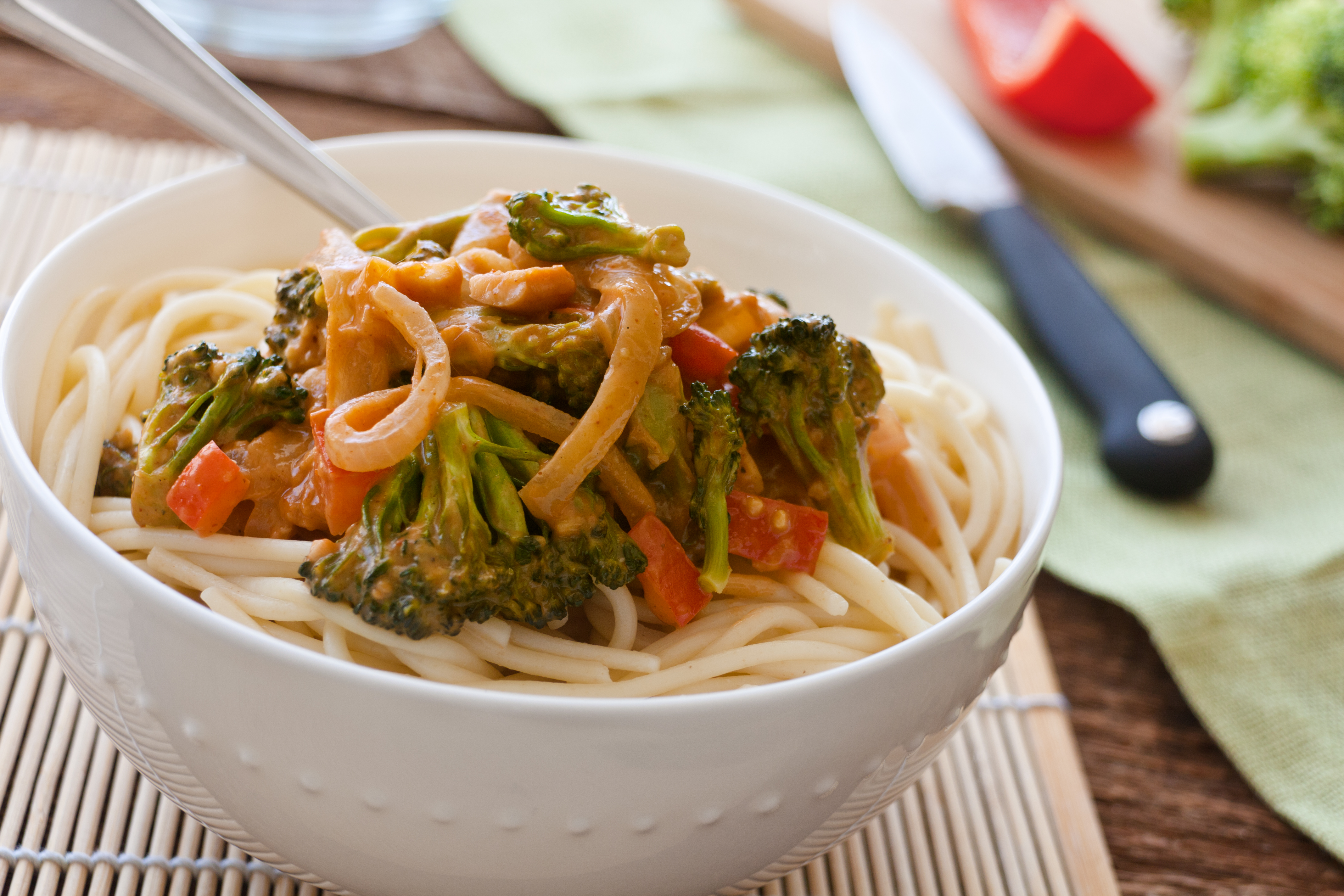Have you heard of “superfood bowls”? Maybe you’ve seen the many bowls full of colorful food combinations on Pinterest? “Superfood bowls” are really just artfully arranged, mini-portions of various healthy foods all collected into one bowl. Bowls are appropriate for breakfast and lunch since they are designed to be a quick and healthy option you can take with you on the fly. But a casual dinner is also the perfect time for a bowl you create at home. They are endlessly customizable, which appeals to today’s consumers, and you can find them everywhere from hipster hangouts to everyday franchise restaurants—or make your own bowl of goodness.

Beginning with Acai Bowls
We might trace the beginning of this “bowl” trend to acai (ah-sigh-EE) bowls, which center around this Brazilian berry that seems to have the foodie equivalent of cult following. Acai was introduced to the U.S. around 2001 and jumped in popularity when Oprah Winfrey and Dr. Oz trumpeted its health benefits. And, while it certainly is nutritious, being a source of antioxidants, fiber and one of the few fruits that contains omega-3 fatty acids—it’s certainly not magical in any way. Lots of fruits and berries in particular are packed with antioxidants and fiber.
Folklore has put acai on a nutritional pedestal that it likely doesn’t deserve. Nevertheless, the acai bowl—a tasty combination of acai puree, other fruits, almond or coconut milk, all topped with a choice of oatmeal, granola, more fruit, nuts or even peanut butter—became a hit here in the U.S. These beautiful (and rather pricey) breakfasts-in-a-bowl became so popular that a number of franchises specializing in acai bowls and smoothies began popping up nation wide. With the acai berry breakfast bowl as a trend starter, the concept of the bowl expanded.
Bowls Aplenty
With the popularity of breakfast bowls firmly established, it was only a matter of time before someone capitalized on the concept for other meals as well. Of course, the idea of putting one’s meal in a bowl is certainly nothing new, but the use of the word “bowl” to mean a specific type of food—a mash-up of healthy foods—instead of the vessel in which it is served certainly was new. Nowadays you can find “bowls” featured at all types of restaurants from family fast-casual places to hipster hangouts and even pre-made bowls you can purchase for toddlers! Part of the appeal is the nutritional aspect of course, since bowls tend to include highly nutritious foods in great variety.
Most non-breakfast bowls focus on a whole grain or grains, some vegetables and a little protein food like beans, soy foods, or some chicken or fish. The concept is to put together small tastes of foods in an appealing way that presents variety and is satisfying to both eyes and palate. Another appealing part of the bowl concept is that they are frequently quite international in flavor, a melding of spices, ingredients and sauces that represent the world’s tastes—all in one convenient bowl. That fact alone makes “superfood bowls” quite forgiving for the cook. There doesn’t need to be a recipe at all. For restaurant owners, a bowl is a nice way to utilize tasty bits of things in a format akin to “small plates,” but with fewer dishes.
Are they really super?
I’ve discussed my dissatisfaction with the term “superfoods” before on this blog. Suffice it to say, that I’m not a fan of hyperbole when it comes to nutrition. I think it does a disservice to the public. Lots of foods are “super” and obviously it all depends on what ingredients are used to create the bowl. Truly, I agree that a collection of beautiful, tasty, healthy foods arranged together like edible artwork in a bowl is certainly a good thing, but there is nothing “super” about it. Those same foods on a plate would be just as good, no?
Granted, it’s mélange of healthy foods, so the bowls have that going for them. I suppose that they appeal to consumers, who may feel like their choice of a “superfood bowl” for lunch over a cheeseburger is a wise and wonderful thing—and in that scenario, it probably is. So, if calling that mixture of foods a “superfood bowl” makes one more likely to choose the nutritious selection over less-healthy options, so be it. I try to choose my battles wisely, and the overall goal is improved eating habits and better nutrition for consumers; maybe this “superfood bowl” trend is what’s needed for some folks to focus more on what goes into their mouths. And these bowls are really pretty, too, so there’s that.